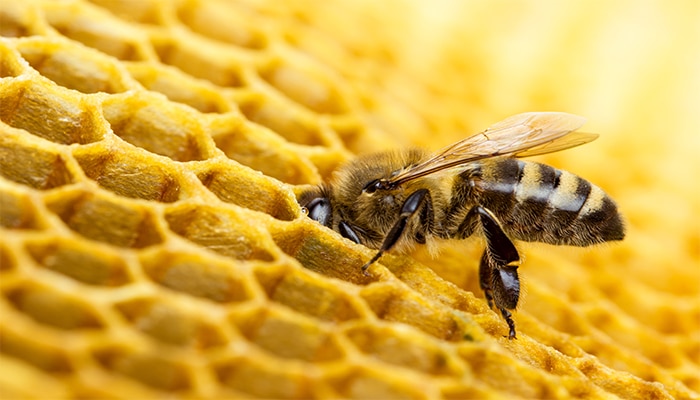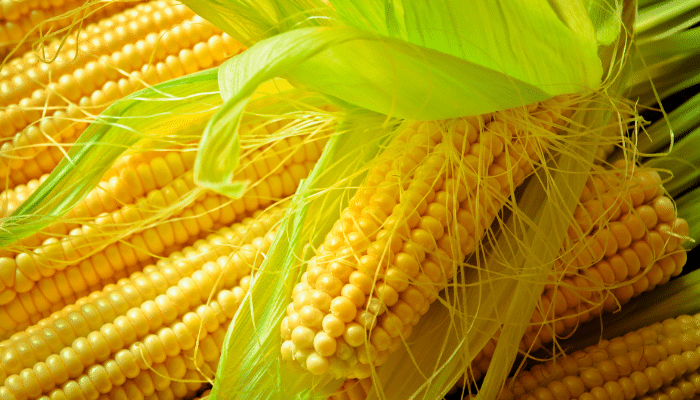

Phytocontrol confirms its expertise in drug residues with new COFRAC accredited methods, especially in honey.
The use of veterinary drugs is intended to act on the health and welfare of animals intended for production (cattle, poultry, pigs, bees ...), recreation or companionship of humans. The marker residues of these pharmacologically active substances are found in food of animal origin.
Acceptable thresholds for substances contained in veterinary medicinal products for all foodstuffs of animal origin are defined in the European Regulation n°37/2010
.In case of non-compliance, foodstuffs are subject to product notifications and recalls.
About forty new active ingredients including about thirty under COFRAC accreditation.
What's new for 2020?
Phytocontrol obtains the confidence of COFRAC for the screening of antibiotic-active residues in milk by the method of Delvotest and the determination of several families of drug residues in screening: nitrofurans, aminoside, sulfonamides, tetracyclines, quinolones, nitroimidazoles and other substances, in the honey matrix. The laboratory confirms its expertise in honey with about forty new relevant active substances developed in its analytical offer of which one thirty are accredited by COFRAC.
.Its know-how coupled with its latest generation analytical equipment (LC-MS/MS and LC-QTOF) allows Phytocontrol laboratory to continuously develop its multi-family list of drug residues for all matrices of animal origin, in order to offer you a relevant offer in full compliance with the regulations in force.
Focus on certain families.
Nitrofurans.
Nitrofurans do not exist naturally, they are produced by chemical synthesis. This family of broad-spectrum antibiotics was frequently used for its antibacterial properties in animal husbandry and aquaculture, in the prevention or treatment of gastrointestinal infections caused by Escherichia coli, Salmonella spp., Mycoplasma spp., Coccidia spp., coliforms and other protozoa.
Nitrofurans may also have been used as growth promoters in pig, poultry and shrimp farms. Some studies classify nitrofurans as potentially mutagenic.
Aminosides.
Aminoglycosides (or aminoglycosides) are a class of antibiotics that have been used extensively in human and veterinary medicine for the treatment of bacterial infections, but also as a growth promoter. These compounds act directly on the synthesis of bacterial proteins. In veterinary treatment, they are used against leptospirosis in cattle, sheep, goats and pigs, or to combat various bacterial infections. Aminoglycosides have a low therapeutic index, i.e. the therapeutic dose is close to the toxic dose, which is why all products of animal origin have a regulatory limit.
Sulfonamides.
Sulfonamides (or sulfonamides) are easy to synthesize, inexpensive compounds that have led to many pharmaceutical formulations. However, due to their massive use, a large number of bacterial strains have become resistant, which has considerably reduced their spectrum of activity. Sulphonamides are much less used at present. This family of antibiotics is mainly used in the treatment of coccidiosis (poultry, ruminants) or urinary and digestive infections in carnivores. In order to increase their bactericidal action, sulfonamides are often associated with trimethoprim.
Find the details of our COFRAC accreditations in our internal technical scope Agrifood.
.For all technical, pricing and/or regulatory information, do not hesitate to contact us.
.Est-ce que l'article vous a été utile?
Note moyenne 0 / 5. Nombre de votes : 0
Aucun vote pour l'instant ! Soyez le premier à évaluer cet article.




